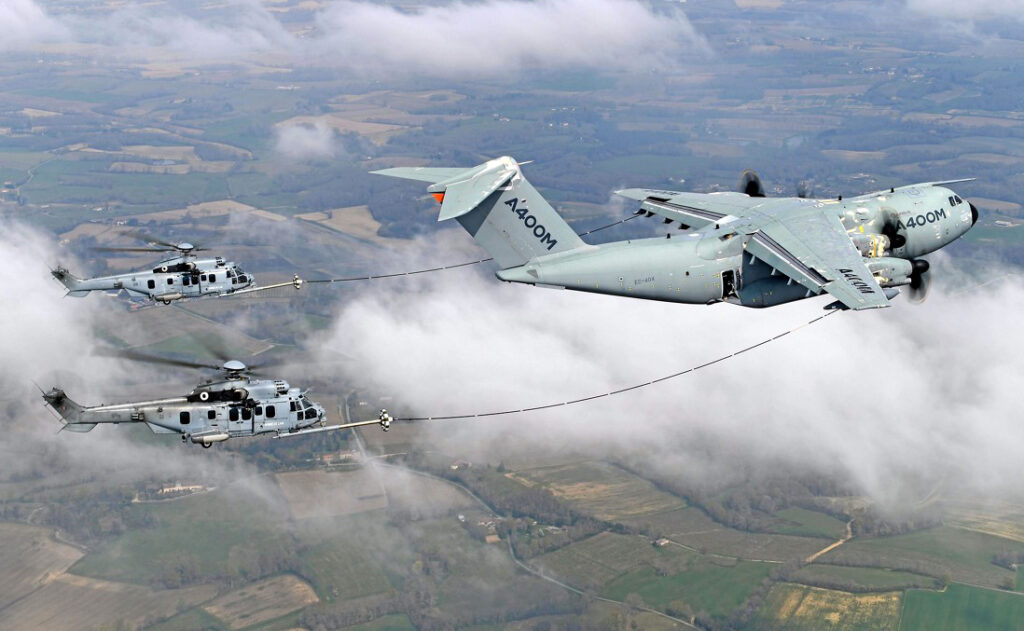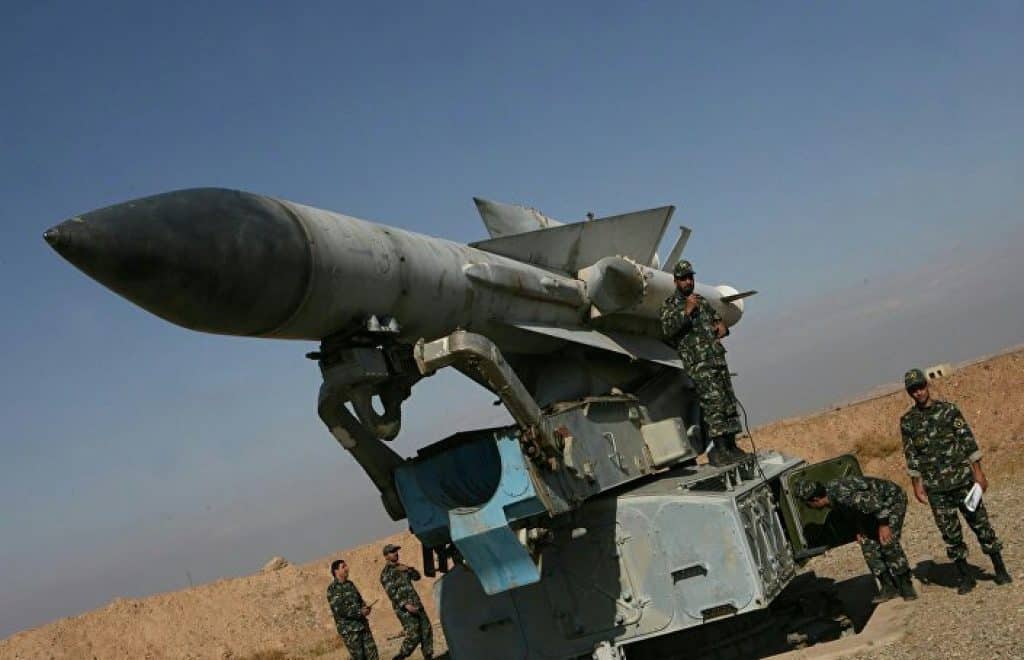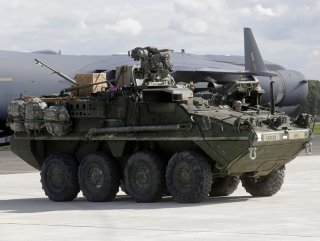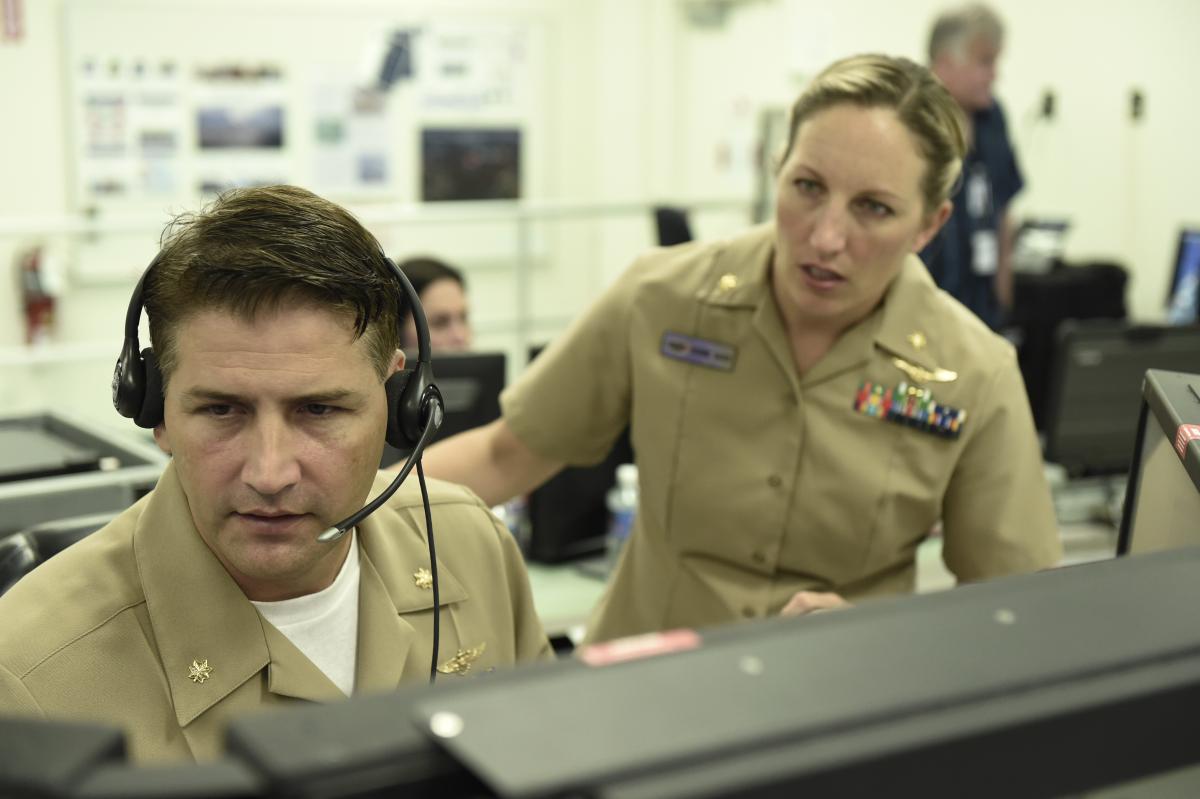Jason Phillips
NATIONAL SECURITY STRATEGY NEEDS A NEW APPROACH
The new National Security Strategy must tell a compelling, meaningful story about who the U. S. is and what the U.S. values. Hyperconnectivity is transforming how power is mobilized and the National Security Strategy must reflect this reality. John DeRosa describes narrative as the way human beings understand “how the world is, how people are, and how to respond to disruptions of that worldview.”[1] Narrative, then, is rooted in what people, cultures, and nations value. Because hyperconnectivity is transforming how power is mobilized, understanding the power of narrative can transform strategy. Sam Wilkins, in his article, “‘Why Are We in Africa?: The Dilemmas of Making American Strategy Towards the African Continent,” identifies a key strategic challenge of the U. S. Wilkins’ insight plays out on the global stage as well as what he describes in Africa. China is spending billions of dollars a year on their Belt and Road Initiative and the U. S. does not have the resources to match the infrastructure spending of China.[2] However, Wilkins also discusses the potential of leadership as a way for the U. S. to compete with adversaries. But, the question is, how? Solon Simmons, in his book entitled Root Narrative Theory Conflict and Resolution: Power, Justice and Values, provides insight into how “root narrative theory” can be a “force that can be used to change the world.”[3] The power of narrative, as strategy, can be a strategic approach for the Biden administration to draw a clear difference between aligning with the worldview of the United States and the worldviews of great power competitors. In today’s world of hyperconnectivity, can the United States utilize narrative to mobilize strategic power?
REIMAGINE STRATEGIC EQUATIONS
The strategic power of narrative is possible as a result of our current hyperconnected world. Nathan Freier writes, “the strategic significance of hyperconnectivity cannot be overstated. Currently, imagination is the only barrier to the worst possible manifestations of this increasingly complex challenge to U.S. interests and enduring defense objectives.”[4] Senior strategic leaders in the U.S. military should not relegate cyber, information warfare, disinformation efforts, and the power of narrative to supporting roles within the operational and tactical realms. Himanil Raina explains shortcomings of contemporary strategic thinkers to exclusively look at strategy through the lens of the triumvirate of Thucydides, Sun-tzu, and Clausewitz. In his article, Raina discusses these blind spots in terms of international law.[5] However, these same blind spots stymie strategic thinking about how power is mobilized and used in a hyper-connected age of infotech.










